Biggest Asian Design Studio Nova Diversifies Portfolio After 20 Years
2008/06/23 | By Quincy LiangSome 20 years ago, Nova Design Co., Ltd., spun off from the local Sanyang Industry Co., Ltd. (maker of SYM branded PTWs in Taiwan) had begun trying to wean itself from the technical dominance wielded by its Japanese partner-aiming to set up its own brand. Nova has since been the major vehicle-styling design studio for SYM and its affiliates.
SYM is today one of the top-two globalized PTW brands based in Taiwan with manufacturing bases worldwide that are capable of annual production volume of 600,000-plus PTWs. In addition, SYM and its affiliates also produce own-brand mini commercial vehicles in Vietnam and coaches in mainland China, most of which are designed by Nova.
Rapidly diversifying its production, Nova has grown into a world-class player-engaging in an increasingly wider range of design work as consumer electronics, information and communication technology (ICT), fitness equipment, medical devices, home appliances etc. Currently, the design studio is the largest of its kind in Asia with around 230 associates in its Taipei headquarters and five other branch offices in Shanghai and Xiamen, China; San Jose, California; Sondrio, Italy; and Ho Chi Minh City,Vietnam.
After considerable upgrading over the past two decades, Nova is now the leading design studio specializing in transportation vehicle styling in Taiwan-having proven its prowess by winning globally-renowned design awards as iF, reddot, IDEA, EID etc. covering all major product categories.
Maturing Know-how
"Nova has seen its design capability steadily upgraded through adopting new techniques, knowledge, and management system," claims Roger Lin, assistant vice president and design director of Nova's research lab. "We have matured considerably-having started with designing two-wheelers to completing many multi-wheeled design projects, including three, four-wheeled passenger cars and commercial vehicles, and 10 wheeled buses."
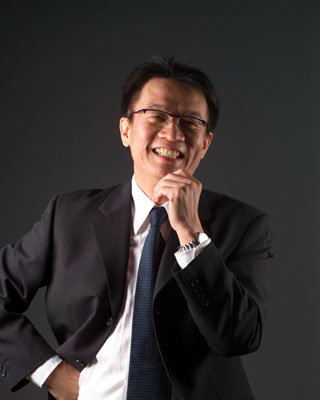
About 15 years ago Nova began taking on non-vehicle design projects-tapping its wealth of design approaches, know-how and core strength sharpened through years of design work. "I think Nova is a very successful example of a studio designing both transportation vehicles and a variety of other products," Lin claims confidently. "Our core strength is based mainly on our technical specialization, resource integration, and knowledge of added-value. That's why we are the fastest among peers: we take a PTW project from design to volume production within one year, while global counterparts need 18 to 24 months. And a point that outsiders are unaware is that the slowest stage in design is often decision making, not product development."
Going Global
Nova has been gradually working with SYM to steadily expand markets-going from Taiwan to Vietnam, Europe and the United States. Succeeding in Vietnam, SYM-branded vehicles are the second-biggest market share holders in the long term; while SYM has been eagerly tapping the European and U.S. markets-launching a series of top-end models designed by Nova.


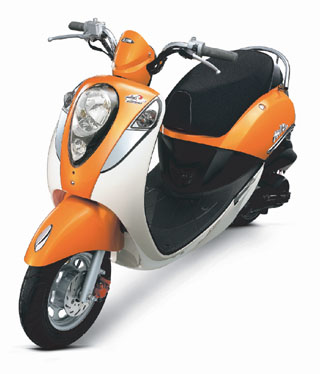
"Nova has benefited from SYM's market shifts from Taiwan, Vietnam, to Europe-gaining precious experience through the partnership," Lin points out, "the more we learned, the more precise we can hone our positioning."
The design studio has developed an ingenious high-precision product positioning tool able to analyze two major parameters for a new vehicle design project: application range-transportation to recreation, and accommodation-personal to family, with the results of analysis factoring in criteria as road and economic conditions of a target market.
Market Trends
"In Vietnam, for example, PTWs were and are important personal assets," Lin points out, "but as road conditions and gross domestic product (GDP) improve, the people's attitude toward such vehicles will also change, with the applications of PTWs further widening. Nova can accurately tell mainstream and future star products by tapping its considerable experience and know-how in PTW design."
Lin sees the "crossover PTW," which combines characteristics of scooter and cub or light commercial motorcycle-particularly cubs designed for riding comfort and scooter convenience, or scooters with larger-diameter wheels-will emerge as an interim vehicle in the Association of Southeast Asian Nations (ASEAN) market, one that would be designed to handle imperfect road conditions and meet demand for riding comfort.
"Asian PTW consumers tend to be more superficial," Lin continues to share insights, "cubs with scooter characteristics cannot truly display the advantages of a real scooter. Another intriguing phenomenon is that riders in Europe, especially those in more industrially advanced nations, pursue individualism, soul in a PTW, meaning look-alike models rarely sell well."
Another strengthening development in the global PTW market, according to Lin, is the so-called "green" trend-models designed to be eco-friendly typically feature simplified styling, hence reducing energy consumption during manufacturing, and longer durability, hence reduced need for replacement.
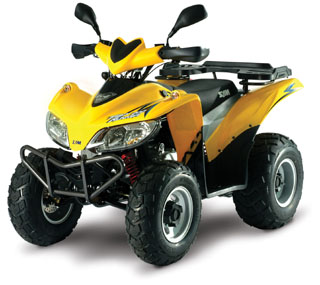
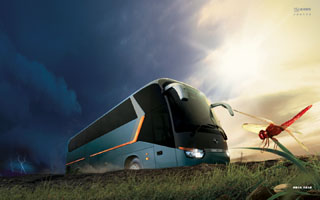

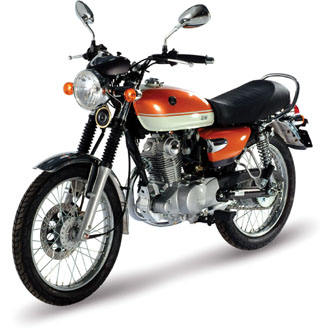
"But such simplified PTW design trend also brings problems," Lin explains, "the first is the 'false simplicity' that might actually require more manufacturing steps or consume more energy than traditional designs, as well as the likelihood of many look-alikes in the market. Then, brand identity and product DNA become critical."
Another trend of particular importance for Taiwan is the emergence of electric scooters globally: "Taiwan definitely has potentially a major role in this rising segment," Lin says, "because the island can create wide ranging possibilities by integrating its sizable expertise in PTW building and electrical-machinery systems. In addition, the market potential is enormous considering that an electric and gasoline-powered scooter can be made for similar costs."
Lin admits that Nova has been winning increasingly more contracts to design electric scooters in recent years, and thinks that an electric scooter boom is just around the corner.
Me-too Phenomenon
When asked why many Taiwan PTW makers often come up with "me-too" products in the global market, Lin says that he would rather believe such condition a transition before changing in the future.
"Me-too products is the play-safe strategy adopted by local PTW makers," Lin explains, "and we have to admit that only profitable companies dare to be bold and dream. Over the last decade, local PTW makers have managed to sharpen technical strengths via selling between 800,000 to one million units annually in the big-enough domestic market, with many having also developed global sales and brands in major markets as the U.S. and Europe. Now, I think, a gradual change is taking place with the local PTW makers, who can make quality vehicles and dare to design, build products that differ from the rest."
Optimistic about the gradual changes happening among the local PTW makers, Lin says that the market determines product popularity and a maker's conceptual changes.
Vital Role
Nova plays a vital role to help local PTW makers build both brand and product identities, which European players skillfully exploit in marketing, Lin says. "Unfortunately not a widely spread phenomenon, some Taiwan-based PTW brands have actually succeeded in launching PTWs with distinctive product identity, such as SYM's classically-styled Mio scooter," the design director comments.
The reason for the ambiguous brand identity among local PTW makers, according to Lin, is due mainly to a problem in systems allocation: Taiwan makers do not reside in an industrial structure with integrated access to various systems of a PTW. European makers work with design studios to think 'integrated allocation' of engine, frame, suspension systems.




